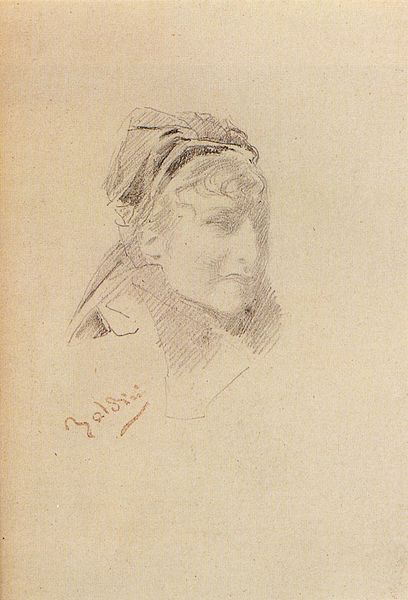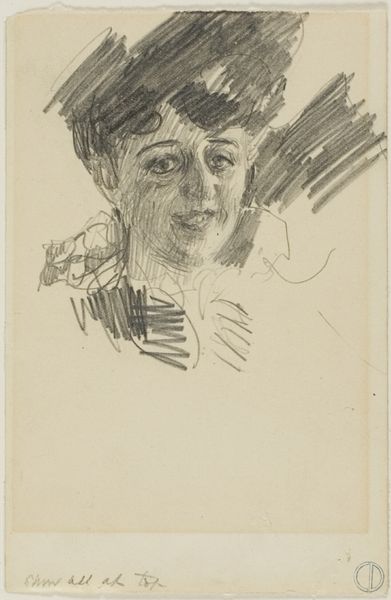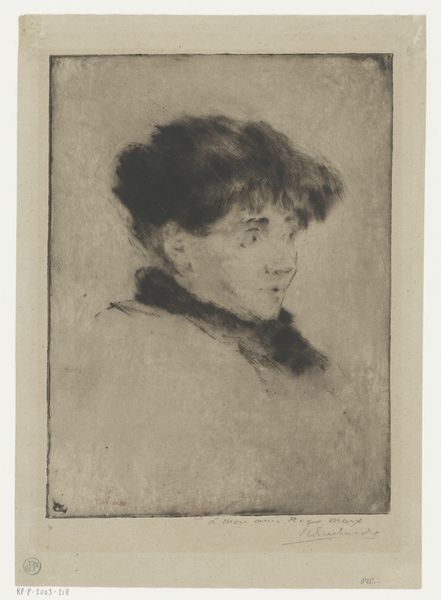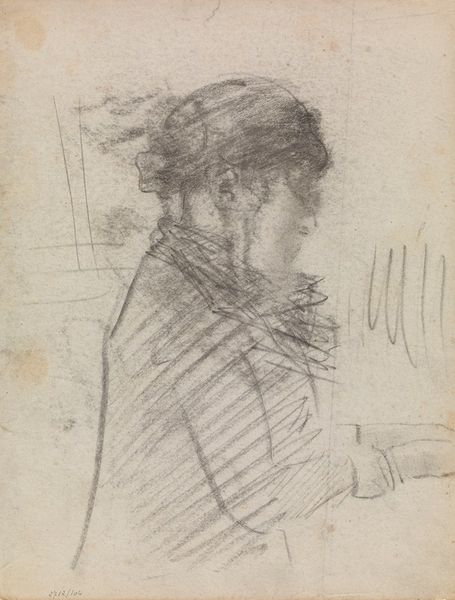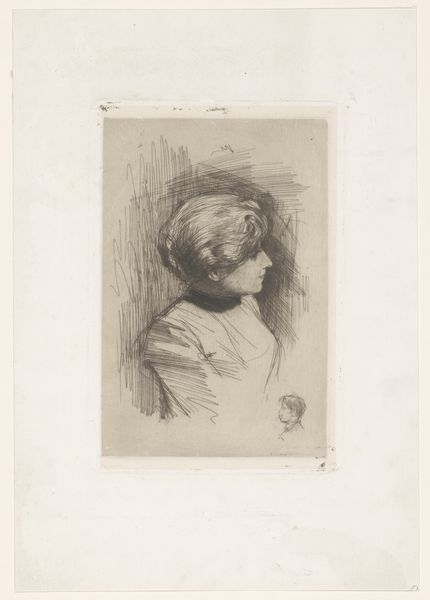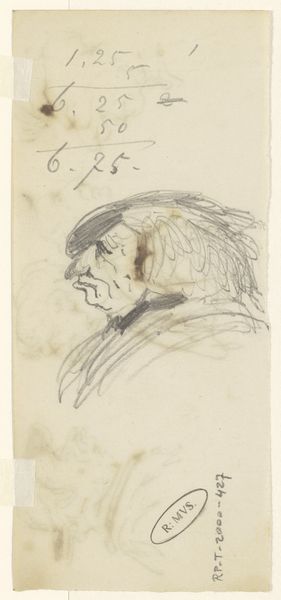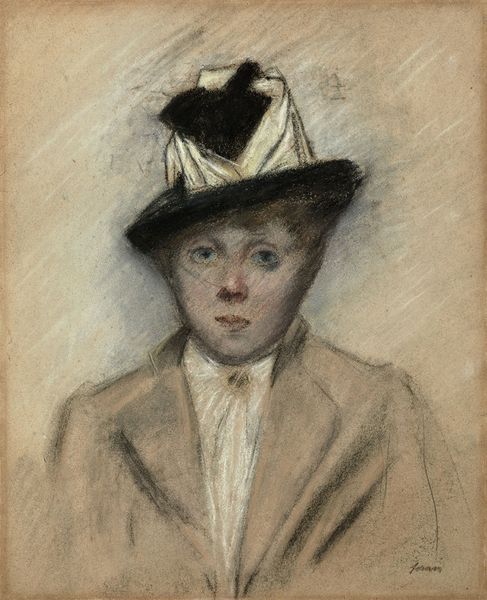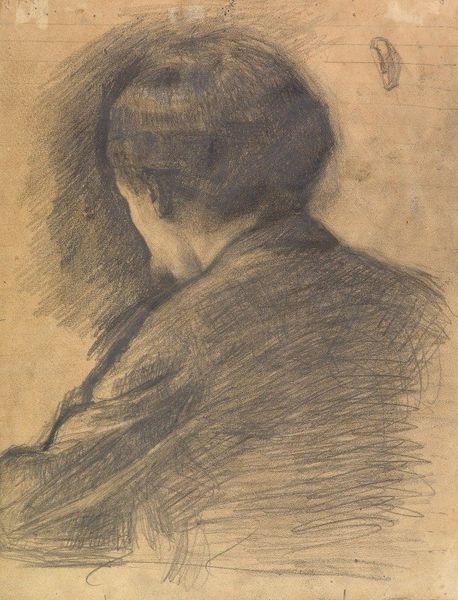
drawing, charcoal, pastel
#
portrait
#
drawing
#
self-portrait
#
impressionism
#
charcoal drawing
#
portrait drawing
#
charcoal
#
pastel
Copyright: Public Domain: Artvee
Curator: Here we see Berthe Morisot's "Self-Portrait" from around 1885, executed in charcoal and pastel. Editor: Immediately, there’s a striking vulnerability in the gaze. It feels like a moment of profound self-reflection, rendered with a sort of ethereal softness, but a dark one too. Curator: Morisot's position within Impressionism, and the art world generally, was complex. As a woman, she navigated specific societal constraints that influenced both the production and reception of her work. Editor: Absolutely. Consider the rarity of female self-portraits during this period. It becomes a powerful statement—Morisot claiming agency, refusing to be solely the object of the male gaze. We're seeing herself through her own eyes. Curator: The visible, loose strokes characteristic of Impressionism are present, yet there’s also a notable intensity here. Her access to spaces was, inevitably, different than her male counterparts in the movement. Editor: Yes, those rapid strokes, though suggestive of Impressionism, feel incredibly personal. It suggests the urgency of capturing this moment of self-scrutiny. The unfinished quality almost heightens the sense of interiority, as if she’s allowing us a glimpse into her psyche, while maintaining the privacy of the context that originated it. Curator: One might interpret the stark contrast between light and shadow as a reflection of her navigating the restrictive environment of the 19th-century art world as a woman, the way the system tried to shut the women artists of the time out from succeeding. Editor: The dark shadow across her face could symbolize the societal obstacles she faced. She is also a very important figure because she serves as a woman looking at a woman. Who else but a woman could understand or paint or capture the true essence and feelings of other women at the time. It creates a feeling of warmth, intimacy, closeness and almost secrets being shared. Curator: This image complicates the traditional art historical narrative, as we think of Morisot’s relationships and work as challenging the status quo, but also coming from a place of relative privilege. Editor: In exploring those intersections—gender, class, artistic expression—we get a more nuanced view of her place in art history and, ultimately, her legacy, which remains so vital.
Comments
No comments
Be the first to comment and join the conversation on the ultimate creative platform.
